Painting Techniques
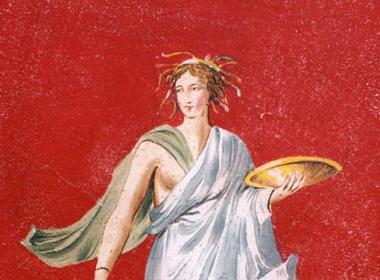
Frescoes
On Canvas, Walls and Boards
Frescoes or Fresco is a very ancient painting technique known since Minoan Civilization (1500 B.C.) and it is executed upon freshly laid lime plaster. Water is used as the vehicle for the pigments to merge with the plaster, and with the setting of the plaster, the painting becomes an integral part of the wall and the colors last longer.
This technique needs a very quick execution because as soon as the pigments get in contact with the plaster they get immediately absorbed.
Acrylic, Tempera, Oil
on Canvas, Boards, Mural, Furniture, Doors and other surfaces
ACRYLIC PAINTING is a young painting technique. Colors are made of pigment suspended in acrylic polymer emulsion. This is a very fast-drying paint and it needs a very quick execution.
TEMPERA PAINTING consists of colored pigments mixed with a water-soluble minder medium. This technique has been found on Egyptian, Indian, Chinese, Japanese and Latin America art works and decorations.
OIL PAINTING is a very ancient painting technique using pigments suspended in a drying oil. Marco Vitruvio Pollione (who lived between 80 and 15 B.C.) was one of the main connoisseurs of this technique.
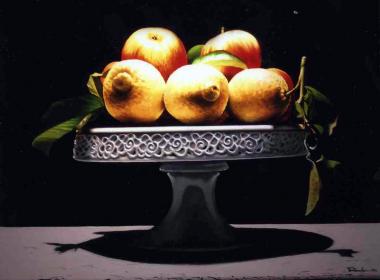
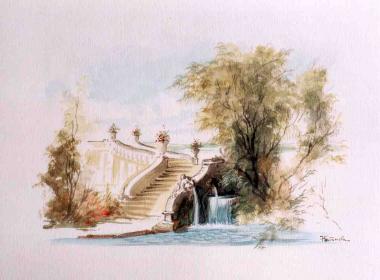
Watercolor painting
on Canvas and paper surfaces
Watercolor is a very common and extremely old painting technique in which the paints are made of pigments mixed with a water-based solution. The main characteristic of this painting style is its lightness and expressiveness. Since the Renaissance Watercolor became an essential tool for all the great masters of art.
Grisaille painting
on Glass
“Grisaille” is a French term which generally indicates monochrome decorations or paintings. It was also used on the internal side of stained glass windows to create pictorial effects (facial features, light and shade, details) that was otherwise impossible because of glass color uniformity.
This technique consists of mixing a liquid solution with glass powder and some minerals as Iron oxide or copper. Depending on the type of mineral the grisaille color shade can be green, brown or black.
After laying the grisaille the artist usually scratches and removes little parts in order to give the desired effect and then he finally put the slabs to the vitrification process.
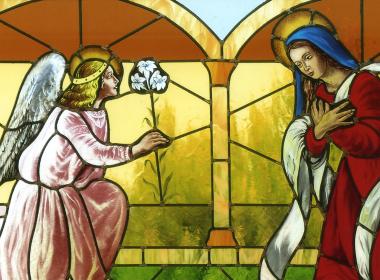
Not just painting...

Restoration
In collaboration with Mr. Moreno Angelani's Studio
Conservative or aesthetic restoration of Art Works as paintings, frescoes, murals, sculptures and stones under supervision of the Commission for the Architectural, Fine Arts and Landscape Heritage of Ancona and Urbino.
Manuscripts
In collaboration with Solescripto by Solange Fontanella.
Personal Dedications, Wedding Invitations, Event Flavors, Original Works and much more, only hand written and decorated following the old technical scribes.
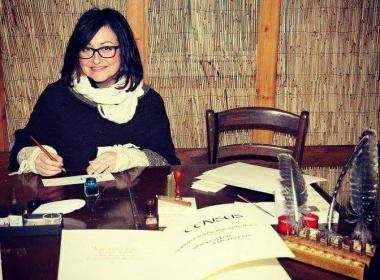

Stained Glass
In collaboration with Master Glassmaker vetraio Paolo Cupido
Religious stained glass, design and renovation of every type of glass windows.

